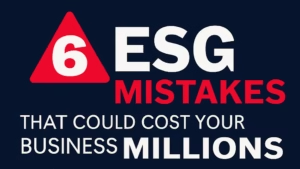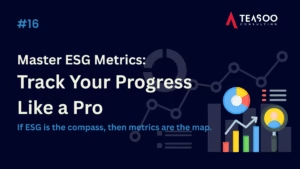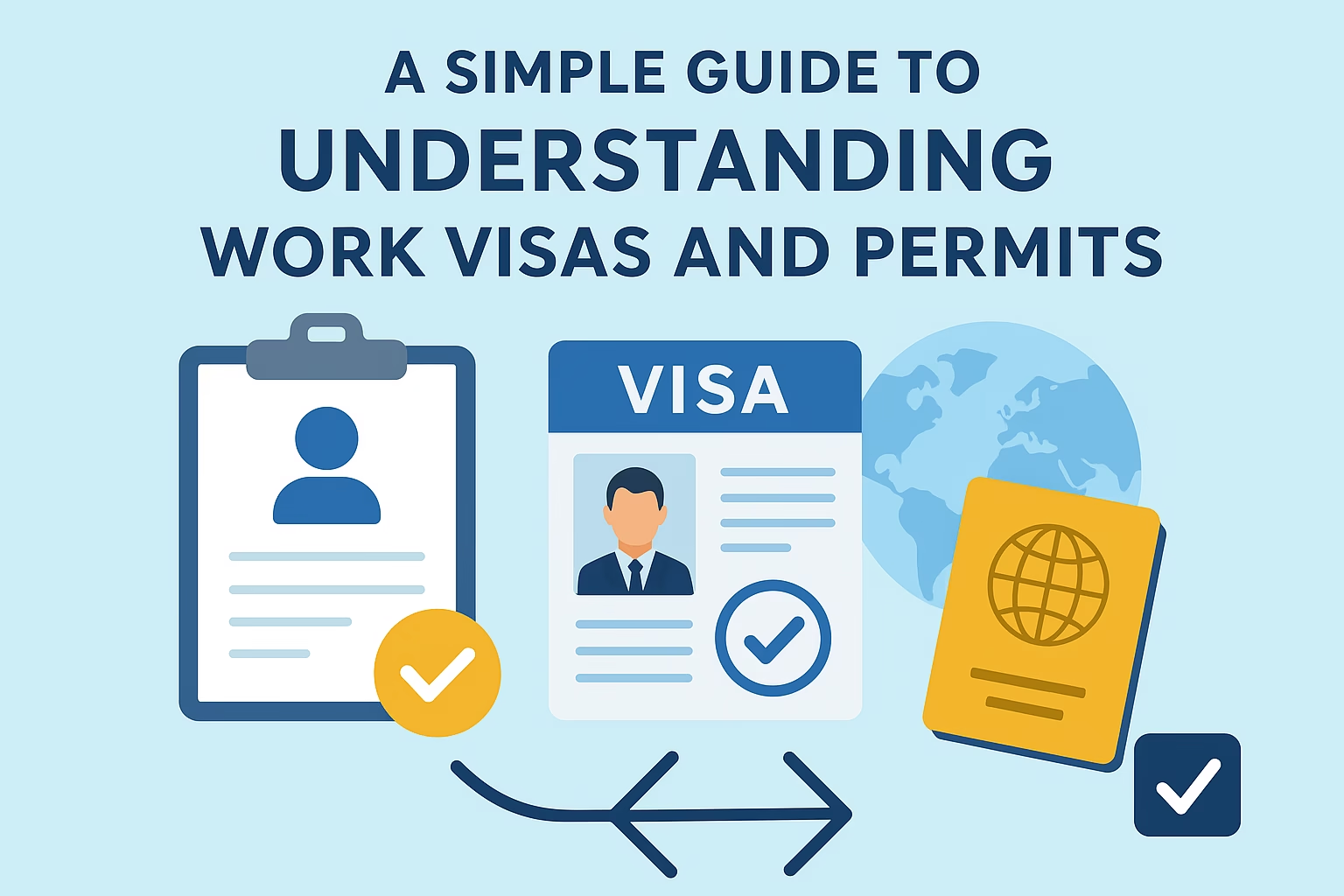
What is a work visa and work permit?
A Work Visa and a Work Permit serve different functions, even though they are often mentioned together and sometimes used interchangeably in casual speech. Here, I will explain both work visas and work permits, including their basic requirements, and the steps to take if you plan to change your status while visiting or studying in the country.
Work Visa
A work visa is permission to enter a foreign country for employment. This visa is issued by the country’s embassy or consulate before you travel. It is usually attached to your passport. Without this visa, you may not be allowed to board a flight or pass immigration.
Examples of Work Visa (Entry Permission for Work).
United States – H-1B Visa
- For skilled workers in specialty occupations (IT, Engineering, Healthcare)
United Kingdom – Skilled Worker Visa
- Allows foreign nationals to enter the UK for jobs in approved skilled roles.
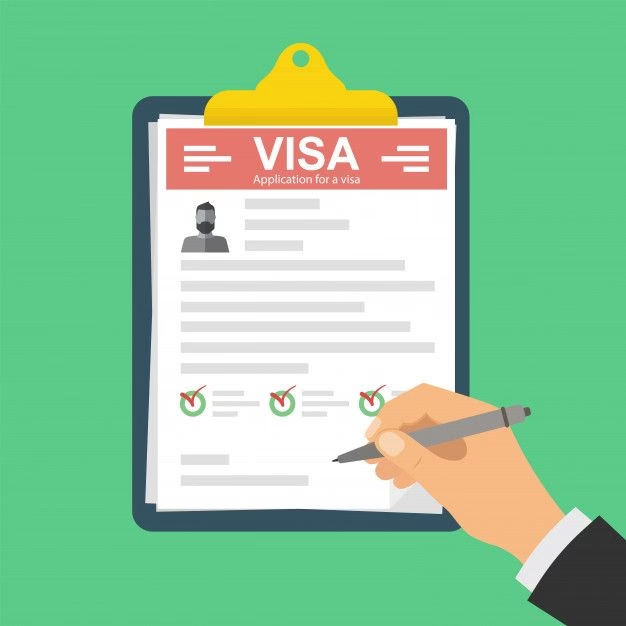
Work Permit
A work permit is an authorization to legally work inside the country once you’re there. This is often issued by the country’s immigration or labour department. May be tied to a specific job or employer. Without this permit, you might enter the country, but you cannot legally start working.
Examples of Work Permits (Legal Authorization to Work)
Canada – Open Work Permit
- Allows the holder to work for any employer in Canada.
European Union – EU Blue Card
- Combines residence plus work authorization for highly skilled workers.
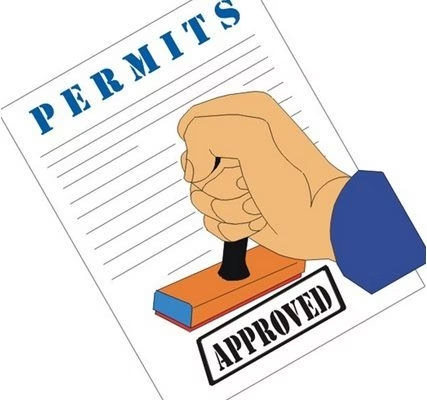
Basic Requirements
There are many requirements needed. These requirements vary by country. Here are some of the common ones:
Work Visa Requirements (Entry Permission)
These are common documents most countries ask for when you apply for a work visa:
Valid Passport
- Must be valid for at least 6–12 months beyond your stay.
Job Offer / Employment Contract
- Proof you have a legitimate job from a recognized employer.
Work Permit Requirements (Work Authorization)
After entry (or combined with the visa in some countries), you’ll need to meet the conditions for a work permit:
Approved Job Offer
- Work permits are almost always tied to an actual job.
Employer Registration
- Employers must be recognized by the government to hire foreign workers.
Changing Your Status
One important aspect to consider is that it’s possible to enter a country on a different type of visa and then apply for a work permit based on a change in your status or circumstances. Here’s how it usually works:
- Visitor Visa: If you enter a country as a tourist, some nations allow you to apply for a work permit while you are in the country. However, this can be contingent upon finding employment and receiving sponsorship from a local employer.
- Student Visa: Many countries have provisions for international students that allow them to work part-time during their studies, and sometimes full-time after graduation. After finding a job, students can often transition to a work permit or a different visa category that supports their new employment status.
Applying for a Work Permit
- Gather Necessary Documents: When applying for a work permit, you’ll typically need documents such as your passport, proof of job offer, and evidence of your qualifications or experience.
- Employer Sponsorship: Many countries require that a local employer sponsor your work permit application. This means your employer must demonstrate that they couldn’t find a suitable local candidate for the position.
- Follow the Process: Every country has its own application process, including forms, fees, and processing times. It’s essential to check the specific requirements for the country you’re interested in, as they can differ substantially.


